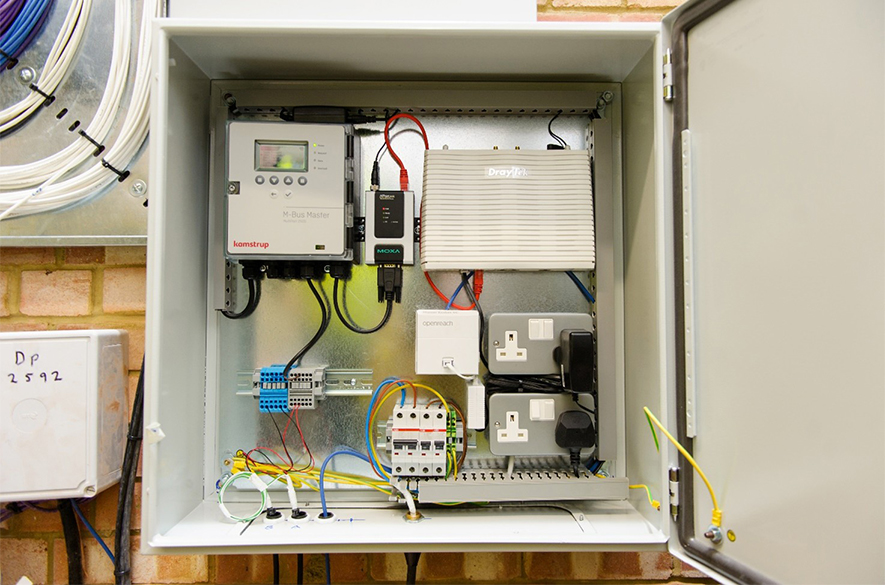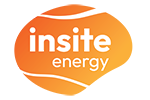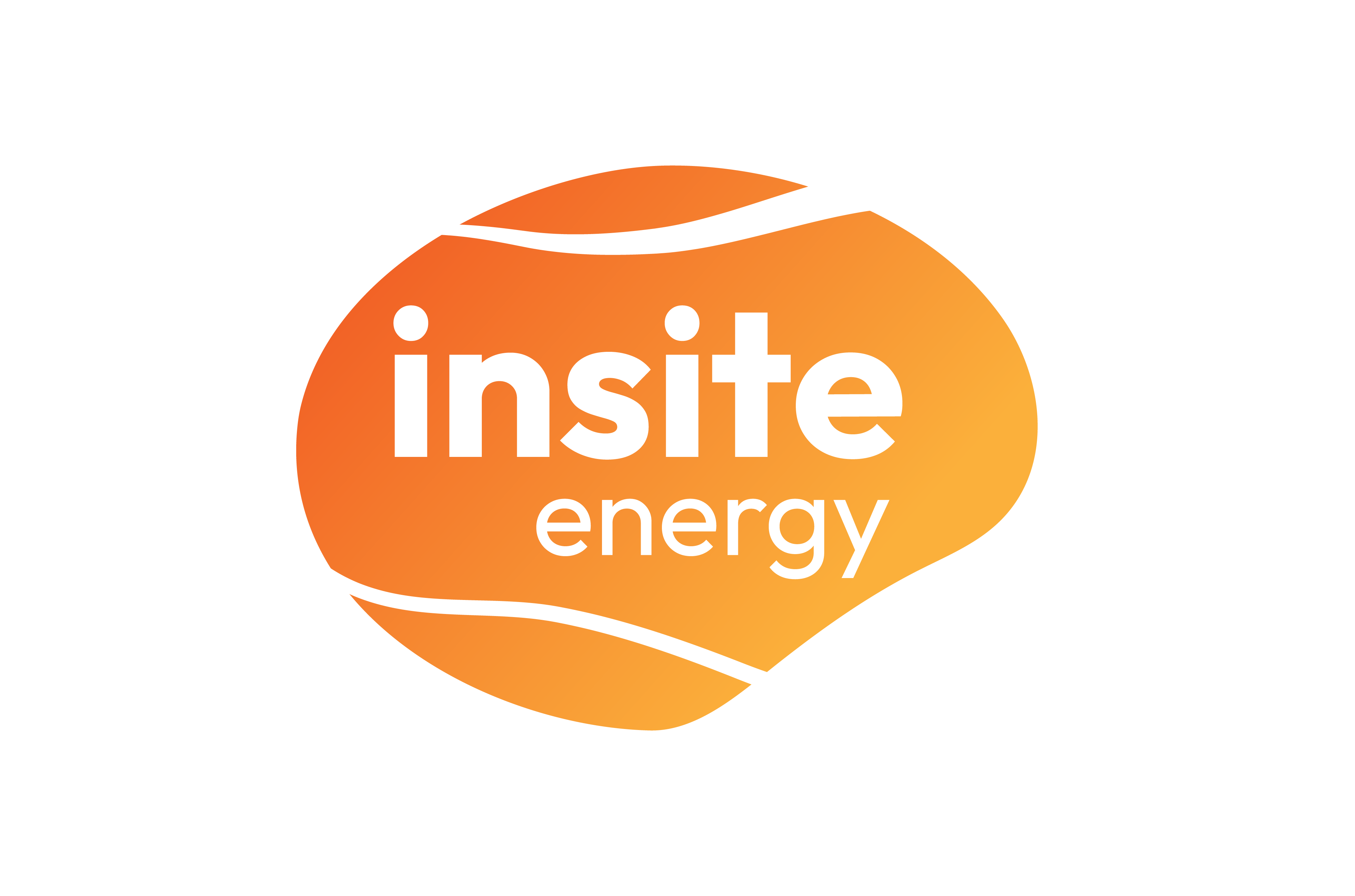
Do you know the efficiency of your heat network? If not, it’s time to find out…
9th June 2025Written by: Chris Kulski, Business Development Manager
The numbers don’t lie: for every £1 spent on energy in many heat networks, 55-65p is lost before it reaches the end user. That's because most are running at just 35-45% efficiency, far below what’s possible. Heat networks have huge potential to deliver low-carbon, cost-effective heating. But right now, too many are underperforming.
According to Heat Trust, an independent organisation that sets standards for heat network operations, efficiency levels should be at 65-70%. This difference affects everything from operational costs, resident bills, and reliability of the network to environmental impacts. It could become even more significant with the introduction of new regulations, such as the Heat Network Technical Assurance Scheme (HNTAS) from 2026.
Contents
What impacts heat network efficiency?
Why heat network efficiency matters more than you think.
Do heat networks have a legal efficiency requirement?
How to improve your heat network’s efficiency.
What impacts heat network efficiency?
Heat network efficiencies are impact by the design of the system through to its daily operation. Every detail matters from how the system was built to how it’s being managed.
Lack of insultation, system leaks, poor water quality and incorrect control settings all contribute to wasted heat. When energy is lost before it even reaches a property, the system has to work harder, which means higher costs and more emissions.
Another key issue is outdated or poorly maintained equipment. If heat interface units (HIUs), pumps, or central energy centre assets aren’t working at their best, or configured incorrectly, the system won’t be efficient. Over time, wear and tear can reduce performance.
It’s not enough to tick off equipment on an asset list either. Specialist heat network engineers are a must to make sure the system is looked at holistically. We often take on sites where flow and return temperatures are completely out of sync. This is likely because one “man and van” maintained the energy centre, while another handled the HIUs. This then causes the assets to work against each other, each trying to hit different temperature targets. Often, simply aligning these temperatures is a quick win, and something our experts are quick to spot.
Metering set-up also plays a key role. Inaccurate or insufficient consumption data can make it hard for operators to spot inefficiencies and know where to make changes that would improve the network’s performance.
Why heat network efficiency matters more than you think.
Heat networks are likely one of the most expensive assets on sites, so an inefficient network will simply not do. It wastes energy, harms the environment, increases costs for residents, and could soon lead to legal trouble. In our experience, a poorly maintained heat network is one of the main reasons managing agents lose sites from their clients.
If heat escapes through the pipework or hot water returns to the energy centre unused, your energy generating assets will be working overtime. That means higher fuel consumption, increased wear and tear, and eventually more maintenance or replacements.
All this adds up to higher costs, which you, as the property manager, will need to cover and pass onto your residents via higher tariffs and service charges. No one likes to receive higher bills, so dissatisfaction could grow, and even damage your reputation.
So, if you’re unsure, ask your metering and billing provider to calculate your site’s efficiency. At a basic level this can be worked out using your incoming fuel bills and heat usage data.

The corrosion and leakage on this circulation pump indicates poor water quality. A planned preventative maintenance plan can help prevent this.
Do heat networks have a legal efficiency requirement?
Currently, the short answer is no. But don’t count your chickens. Given the UK’s goal to reach net-zero emissions, operators need to address inefficiencies to stay on top of these sustainability goals. That’s why the Heat Network Market Framework, which will bring along new regulations from 2026, will likely make efficiency targets a legal requirement.
HNTAS, in particular, is expected to call for operators to meet a minimum efficiency standard, with ongoing monitoring and checks in place to benchmark all networks. While the details are still being decided, housing providers and property managers who work to improve their network efficiencies now will be in a better position to meet future regulations.
And it’s not just about efficiency; meters are getting more attention too. The way your meters are set up plays a crucial role in monitoring performance and identifying inefficiencies. That’s why HNTAS is expected to build on the existing Heat Network (Metering & Billing) Regulations 2014.
Under Ofgem’s proposed reporting requirements, meter health, specifically connectivity and real-time data accuracy will be a key focus. There may also be a push for more comprehensive metering across the entire network, not just at building or property entry points. This data will be used for ongoing monitoring of networks, which will be listed on a public heat network register.
How to improve your heat network’s efficiency.
Improving efficiency requires a strategic approach that focuses on infrastructure, monitoring, and operations.
Whether it’s tackling poor water quality or improving insulation on network pipes, recommendations vary from network to network. A consultancy report, covering both the network and meter set-up, from a heat network specialist can be a good starting point. Often, the recommendations will save much more than the cost and time spent on the reports.
Optimising metering and monitoring is another essential step. With accurate, data-driven insights, operators can gain a clearer understanding of system performance remotely. In recent years, we have seen many advanced monitoring tools come on the market but making sense of it all isn’t always straightforward. That’s why bringing in a specialist who understands how to analyse return temperatures and spot bypasses across the system, can help identify where heat is being wasted and how to improve performance. Alongside monitoring, regular energy centre inspection and reporting are recommended to tackle issues before they arise.
As new regulations come into play and pressure grows to improve energy efficiency, heat network operators need to act now to make their systems more efficient. Tackling heat loss, maintaining equipment, improving data accuracy, and making operational adjustments will lead to better performance, lower costs, and more sustainable networks.
Take action now to stay ahead of upcoming regulations, and make your heat networks more cost-effective, resilient, and environmentally friendly in the long run.


